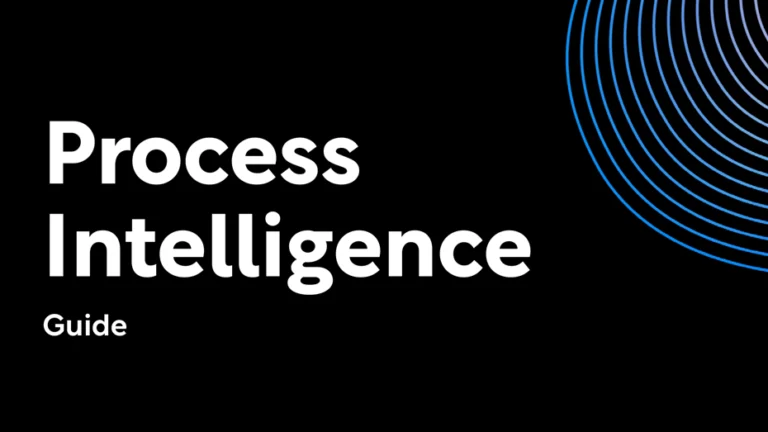It used to be that providing quality products, affordable prices, and friendly service were enough to attract and retain customers. These factors are still important to today’s customers, but more than that they want a great digital customer experience (CX). Countless studies and research illustrate the benefits of providing a superior customer experience. For instance, consider that:
- 89% of consumers indicate that they are more likely to make a purchase after a positive customer experience.
- 50% of customers say they will switch to a new brand following one poor customer experience.
- 36% of consumers will share their good or bad customer experiences with others, with more than 33% indicating that they will post about the experience on Facebook.
- 5% increase in customer retention rates can boost profits between 25% and 95%.
- 70% of the customer journey is attributable to how customers feel that they are being treated.
Yet far too often, organizations fail to live up to customer expectations. These failures are often the result of 5 challenges to digitizing the customer experience.
Failing to Bring Journey Maps to Life with Customer Data
As organizations work to understand and improve the customer experience, they are focusing extensively on mapping out the customer journey. Salesforce defines a journey map as “a visual representation of the customer journey (also called the buyer journey or user journey). It helps you tell the story of your customers’ experiences with your brand across all touchpoints.”
While journey maps are useful tools, maps without data are merely pictures that are not actionable. Or as Jake Sorofman of Gartner describes them, “directions down a blind alley,” that are designed “not from the outside-in to fulfill customers’ changing need state, but from the inside-out to fulfill their own commercial interests.”
Organizations can use data to analyze customer behavior across a broad range of digital channels to determine the actions that customers take. With CX analytic tools that employ AI and ML technologies, organizations can easily identify friction and areas for improvement, while predicting and responding to customer behavior in real-time.
A “Siloed Mentality”
Friction in the customer journey leads to frustration and a poor user experience. To provide a superior CX, organizations must provide seamless transitions across all digital channels. This means that customers should be able to choose their preferred communication channels and that their data is visible across the entire organization.
As McKinsey explains, those organizations that can “break out of this siloed mentality have the potential to gain an unprecedented view of the customer,” with “leading organizations using increasing volumes of data to link the customer journey and customer satisfaction to overall strategy…”.
A Lack of Experimentation and Iteration
Many organizations approach the customer experience as a static process requiring them to get it right on the first go-around. This often results in two shortcomings. First, the process often stalls and fizzles out as the final product is never complete enough. Second, without experimentation and testing, there is no way to know if the new experience will resonate with customers.
Designing an effective customer experience requires an iterative approach. Organizations should focus on getting their first version out as quickly as possible. From there they need to see how customers respond, collect data, and improve upon the initial version based on customer feedback. This process is repeated until the desired results are achieved.
A Poor CX Design
Many organizations fail to understand the importance of user and customer experience design. For instance, developers may add unnecessary features or complicated navigation. A poor user experience stifles growth and customer retention. Effective CX design principles transcend a single product to the organizational level.
A few years ago, McKinsey conducted a large global study that sought to measure revenues and returns related to positive corporate design culture. The study concluded that the highest performers boosted their revenue and returns at nearly twice the rate of their competitors.
A Lack of Customer Input
We live in a world where customer decisions are increasingly influenced by social proof. From searching for the highest rated products on Amazon to researching the best meal at a local restaurant. Yet many organizations fail to solicit, review, or make sense of customer input.
The key is to establish a system for collecting customer feedback, such as surveys, and processes for implementing their suggestions. Customers often require an incentive to provide feedback. For others, the prospect of their recommendations being taken seriously and incorporated into future products or services will be enough.


